Age Spots
Whether they crop up on the back of your hands, another part of your body, or your face, age spots are an annoyingly prominent sign of ageing – not least because aside from heavy makeup or physical clothing, they tend to be tricky to conceal. Actually more to do with prolonged sun exposure than skin ageing alone, if you’ve noticed the small, brown-to-black blemishes start to appear, read on to discover what causes these marks, how they may show up on different skin tones, and the best tweakments to help them disappear in a flash. Plus, to keep any worries at bay, there’s important information on how to tell the difference between the annoying but benign marks and potentially dangerous skin cancer lesions.

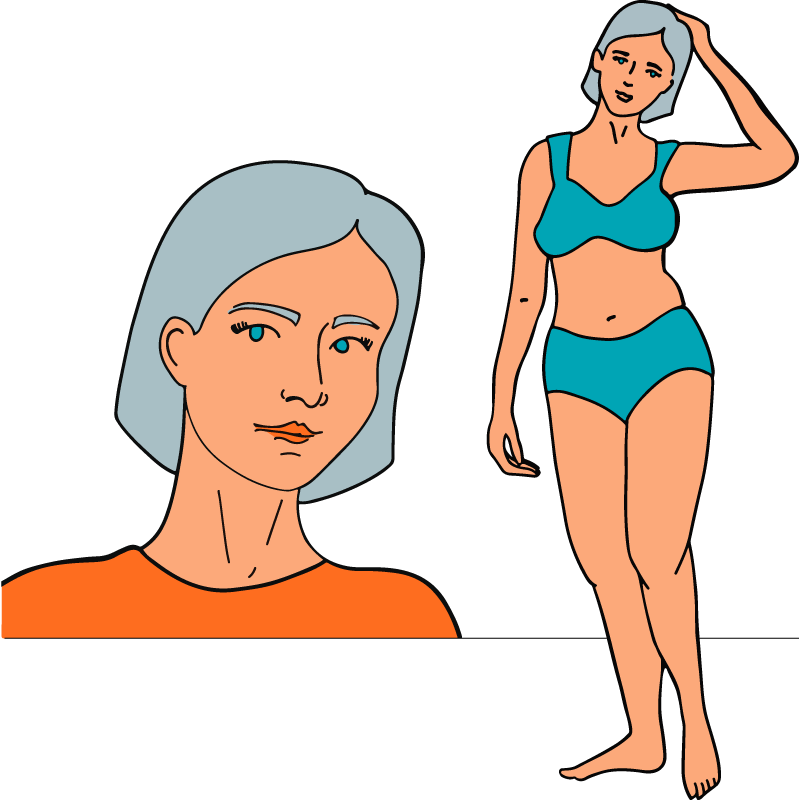

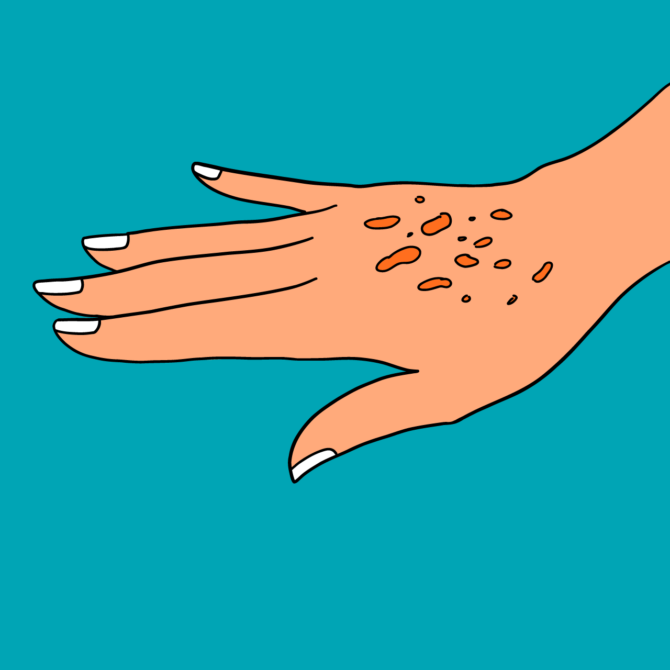


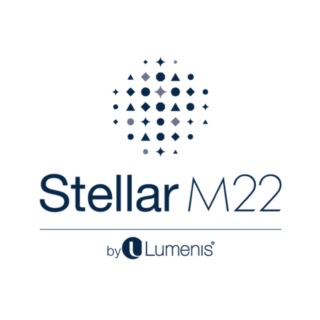

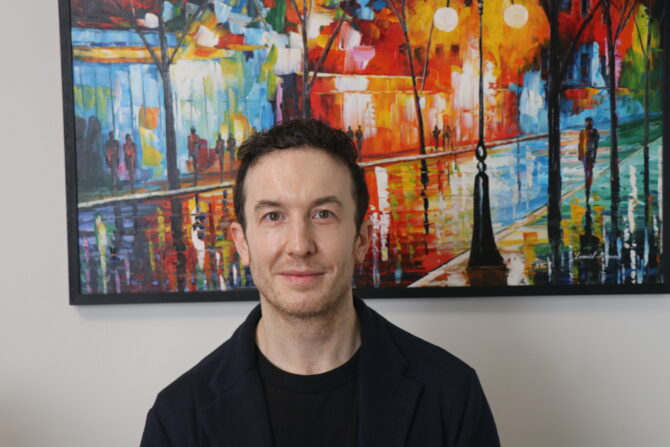
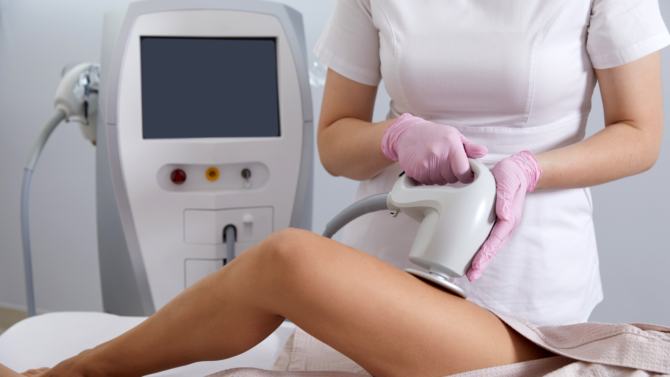
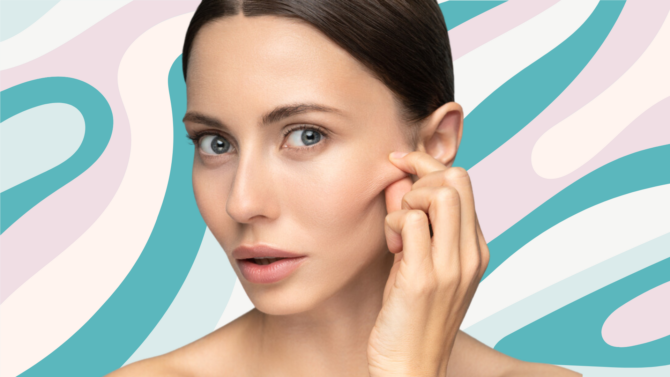
 The Tweakments Chatbot
The Tweakments Chatbot